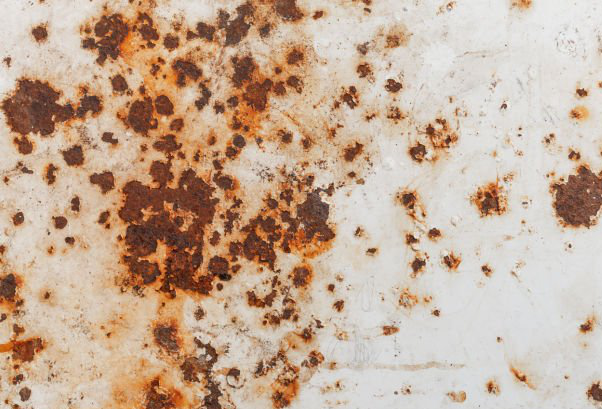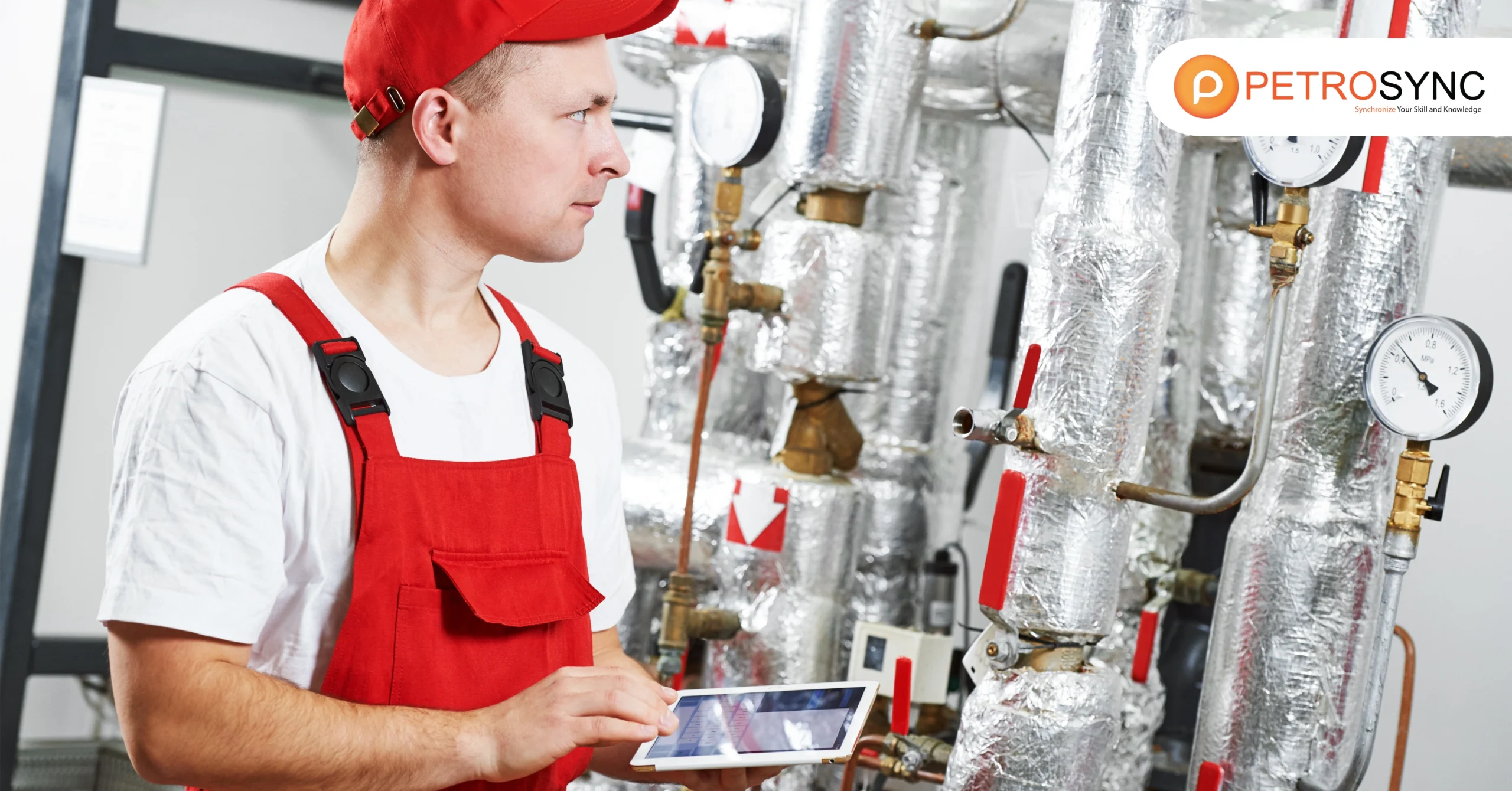sWhat Is Cathodic Protection?
Cathodic protection, one of the most effective methods for preventing corrosion on a metal surface, involves using a sacrificial metal, typically zinc or magnesium. This sacrificial metal attracts corrosion, serving as a shield for essential structures such as pipelines or storage tanks. By allowing the sacrificial metal to corrode instead of the primary structure, cathodic protection ensures the long-term durability of metal objects, effectively combating the natural process of corrosion.
What Are The Two Types of Cathodic Protection?
There are two types of cathodic protections galvanic anode and impressed current cathodic protection. Both methods involve the use of cathodic protection anodes, which are placed in the same electrolyte as the metal that needs protection.
1. Galvanic Anode Cathodic Protection
Galvanic anode is one of the two main types of cathodic protections. In this method, a cathodic protection anode made of a more reactive metal than the structure it aims to protect is strategically placed within the same electrolyte as the metal.
This creates a natural flow of protective current, with the sacrificial anode corroding instead of the structure. Galvanic anode systems are simpler in design and implementation, making them a cost-effective solution for various industries.
2. Impressed Current Cathodic Protection
The second type is impressed current cathodic protections. In this approach, an external power source is employed to provide a controlled amount of protective current. Unlike the galvanic method, branded current systems allow a more tailored and adjustable protection process.
This makes them suitable for situations where a finer degree of control over the cathodic protections is required, such as in complex industrial environments or for larger structures. While the initial setup may be more involved, impressed current offers greater flexibility and efficiency in the long run.
How Does Cathodic Protection Work?
Cathodic protection is a method to safeguard steel structures by using the principles of electrochemistry. This technique introduces a highly active metal, acting as a sacrificial anode, which provides free electrons.
As this active metal corrodes, it sacrifices its ions to prevent the less active steel from undergoing corrosion. There are two main types of cathodic protection: galvanic anode and impressed current.
In galvanic protection, the sacrificial anode, typically made of a more reactive metal, creates a natural flow of protective current. On the other hand, impressed current systems use an external power source to provide a controlled and adjustable flow of protective current.
Both methods work to make the metal structure act as the cathode, diverting corrosion and extending the lifespan of steel structures, particularly in corrosive environments such as buried pipelines or submerged maritime structures.
Does Cathodic Protection Prevent Rust?
Yes, cathodic protection helps prevent rust on metal structures. It does this by introducing a sacrificial metal, usually zinc or magnesium, that attracts corrosion instead of the main metal structure. This sacrificial metal corrodes instead of the important structure, acting like a shield and preserving the integrity of the metal. In essence, cathodic protections play a crucial role in stopping the rusting process and ensuring the long-term durability of metal objects.
What Are The Practical Uses of Cathodic Protection?
Some of the practical uses of cathodic protections are:
1. Pipelines
Cathodic protection is widely used in pipelines, especially those buried underground or submerged in water. In these environments, the soil or water can cause corrosion to the metal pipelines over time.
To prevent this, the protection involves placing sacrificial metal anodes, often made of zinc or magnesium, along the length of the pipeline. These sacrificial anodes attract corrosion, preserving the integrity of the pipeline and preventing rusting.
2. Storage Tanks
Storage tanks, particularly those containing substances like oil and gas, are prone to corrosion. Cathodic protection is crucial in these situations to counteract the corrosive effects of the stored materials.
Sacrificial anodes or impressed current systems are used to create a protective current that shields the tank’s metal structure from corrosion. This ensures the reliability and safety of storage facilities.
3. Maritime Structures
In the maritime industry, cathodic protections are essential for ships and offshore platforms. Seawater is highly corrosive to metal structures, and without protection, ships and offshore platforms could experience significant corrosion damage.
Cathodic protection systems, such as sacrificial anodes or impressed current systems, are employed to mitigate the effects of seawater and extend the life of these maritime structures.
4. Infrastructure
Critical infrastructure components like bridges, water treatment plants, and power stations often incorporate cathodic protection to combat corrosion. Bridges, for example, are exposed to varying environmental conditions and can benefit from sacrificial anodes or impressed current systems to prevent rust and extend their service life.
Similarly, cathodic protections are used in water treatment plants and power stations to protect metal components from corrosive elements.
5. Automotive Industry
In the automotive industry, the undercarriages of vehicles are susceptible to corrosion, especially in regions where road salt is used during winter. Cathodic protections can be applied to the undercarriage by using coatings or sacrificial anodes, helping to prevent rusting and prolonging the life of the vehicle.
This application is essential for ensuring the safety and reliability of vehicles, especially in areas with harsh weather conditions.
Cathodic protections are highly effective for preventing corrosion on metal surfaces, especially in structures like pipelines and storage tanks. Utilizing sacrificial metals, such as zinc or magnesium, cathodic protection shields important structures by allowing these sacrificial metals to corrode instead. This technique ensures the long-term durability of metal objects, combating the natural corrosion process.
Cathodic protections are crucial in preventing rust, especially in storage tanks where substances like oil and gas are stored. Recognizing the importance of safeguarding these storage tanks from corrosion, PetroSync offers API 653 training. This comprehensive training not only covers storage tank maintenance but also emphasizes cathodic protection as a vital method. Enriched with case studies and discussions, the training equips professionals with the skills necessary to ensure the longevity and integrity of storage tank assets.
Credit header image: iStock

SEO specialist by day, fact-checker by night. An avid reader and content writer dedicated to delivering accurate and engaging articles through research and credible sources.






